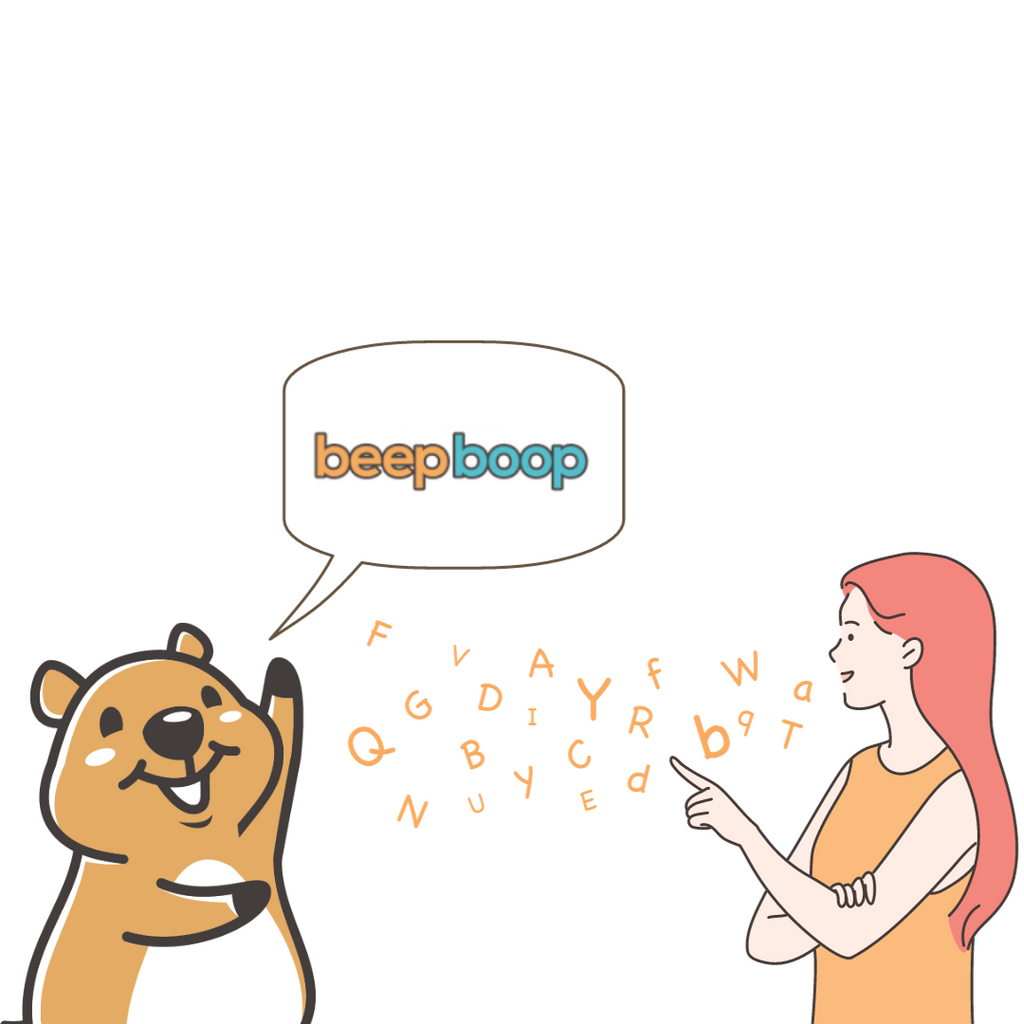When it comes to learning a new language, pronunciation is often one of the trickiest aspects to master. Spanish, with its melodic tones and varied sounds, is no exception. Spanish language learners frequently encounter common pronunciation mistakes that can affect their ability to communicate effectively. Let's explore some of these errors and how to avoid them.
-
Mispronouncing Vowels: Spanish has five vowel sounds: A, E, I, O, and U. One common mistake is pronouncing them as their English counterparts. In Spanish, vowels are generally pronounced more consistently and with less variation than in English. Avoid flattening or diphthongizing Spanish vowels to sound more natural.
-
Ignoring Accent Marks: Accents play a crucial role in Spanish pronunciation. Ignoring or misplacing accent marks can change the meaning of a word entirely. For example, "papa" (potato) without an accent is different from "papá" (dad) with an accent. Pay close attention to accent marks to speak with precision.
-
Overemphasizing Consonants: Spanish consonants can be tricky for English speakers. Many learners tend to overemphasize consonant sounds, especially the rolling "r." Practice softening your consonants, and remember that Spanish often has more relaxed, flowing speech patterns.
-
Mispronouncing Silent Letters: Spanish has several silent letters, such as the "h" in "hora" (hour) or the "u" in "quiero" (I want). These letters are not pronounced, so be sure to omit them to achieve accurate pronunciation.
-
Incorrect Stress Patterns: Stressing the wrong syllables in Spanish words can lead to misunderstandings. Unlike English, where stress can vary, Spanish follows consistent stress patterns. Learn these patterns to pronounce words correctly.
-
Neglecting the "ñ": The "ñ" sound in Spanish is unique and often absent in other languages. It's crucial to differentiate between "n" and "ñ" to avoid misunderstandings. Practice producing the "ñ" sound by placing the tip of your tongue against the roof of your mouth.
-
Using English Intonation: Spanish has a distinct rhythm and intonation pattern. English speakers often carry over their native intonation, which can make their Spanish sound unnatural. Pay attention to the rising and falling tones in Spanish sentences and mimic native speakers' speech patterns.
-
Confusing "b" and "v": In Spanish, "b" and "v" are often pronounced similarly, like a soft "b" sound. Many learners mistakenly use the English "v" sound for both letters. Practice pronouncing them softly to differentiate between words like "vino" (wine) and "bien" (good).
-
Neglecting Diphthongs: Spanish diphthongs are combinations of two vowels in the same syllable, such as "ua" in "cual" (which). Neglecting diphthongs or splitting them into separate sounds can affect the fluency of your speech. Learn to pronounce diphthongs smoothly.
-
Lack of Practice: Ultimately, the most common mistake Spanish language learners make is not practicing enough. Consistent practice, listening to native speakers, and seeking feedback from a language instructor or conversation partner are essential to improving pronunciation.
In conclusion, mastering Spanish pronunciation is a challenging but essential part of becoming a fluent Spanish speaker. By avoiding these common mistakes and dedicating time to practice, learners can enhance their pronunciation skills and communicate more effectively in Spanish.
In Beepboop, students need not worry about mastering the right pronunciation on their own. Here, all Drill Instructors are native Spanish speakers who bring both expertise and understanding to the table. While they maintain a strict approach to pronunciation Drills, they do so with compassion and love for their students, always eager to provide guidance and assistance in perfecting the nuances of Spanish pronunciation.
While all students at Beepboop have the opportunity to learn Spanish, it's the Pro students who can actively engage and receive immediate feedback from their Drill instructor, which is one of the privileges they have access to.
Go Pro to enjoy this and other benefits!


